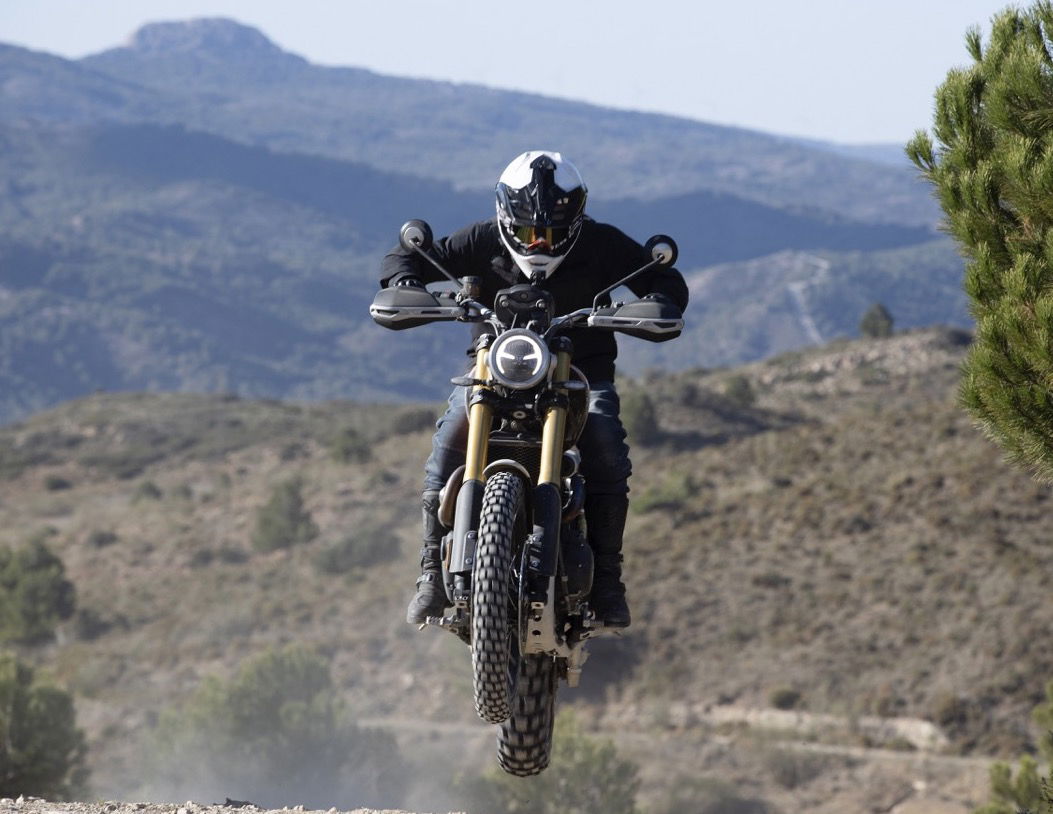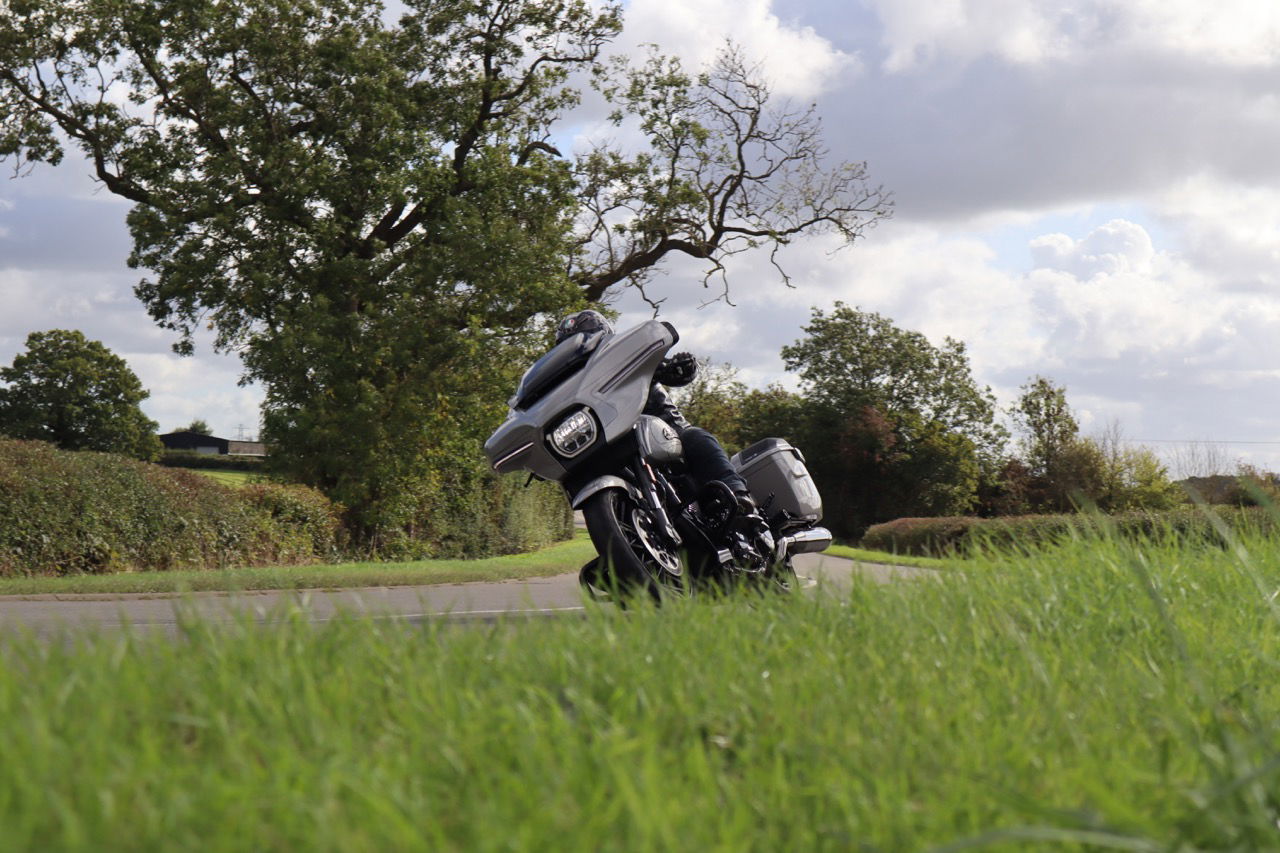2024 Triumph Tiger 900 review: full road test of the GT and Rally Pro
A re-style and a technical refresh awaits you for 2024, as the Tiger 900 range gets more power and more torque in a revised lineup
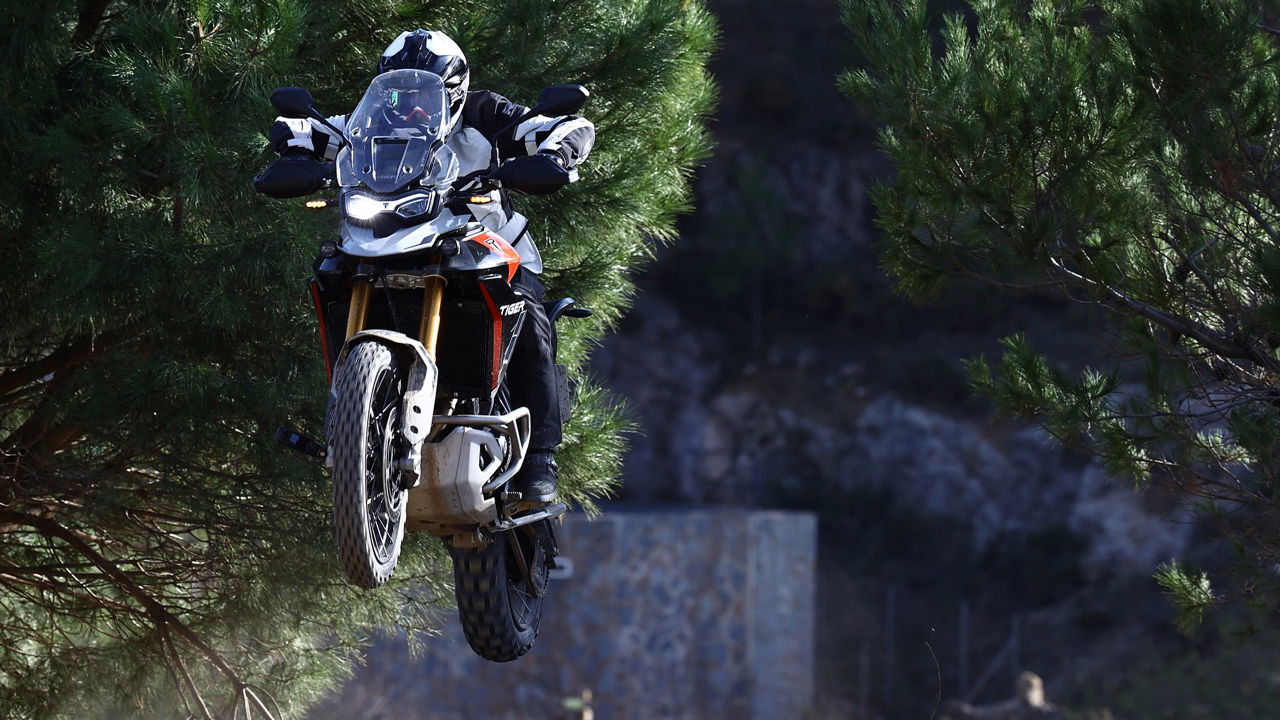
Since its launch, the Triumph Tiger range has been a little confusing, with 800s, and 900s, XCAs, and XRTs littering recent history. That changed in 2020, with Triumph going down the Rally and GT route, and for 2024 it’s getting even simpler!
Instead of the five bikes on offer when we rode all the 2020 Triumph Tiger 900s, now there are just three: two road-biassed options, the GT and GT Pro, and a singular go-anywhere traveller, the top-spec and spankingly sexy Rally Pro.

Price, colours and availability
Visually, the new Tigers have all had a bit of a nip and tuck for this year, with revised bodywork that gives them a slightly chiselled appearance. It’s hard to pick out exactly where the changes have been made, but standing back and looking at them, there’s a bit more flow from the beak through the side panels and into the fuel tank.
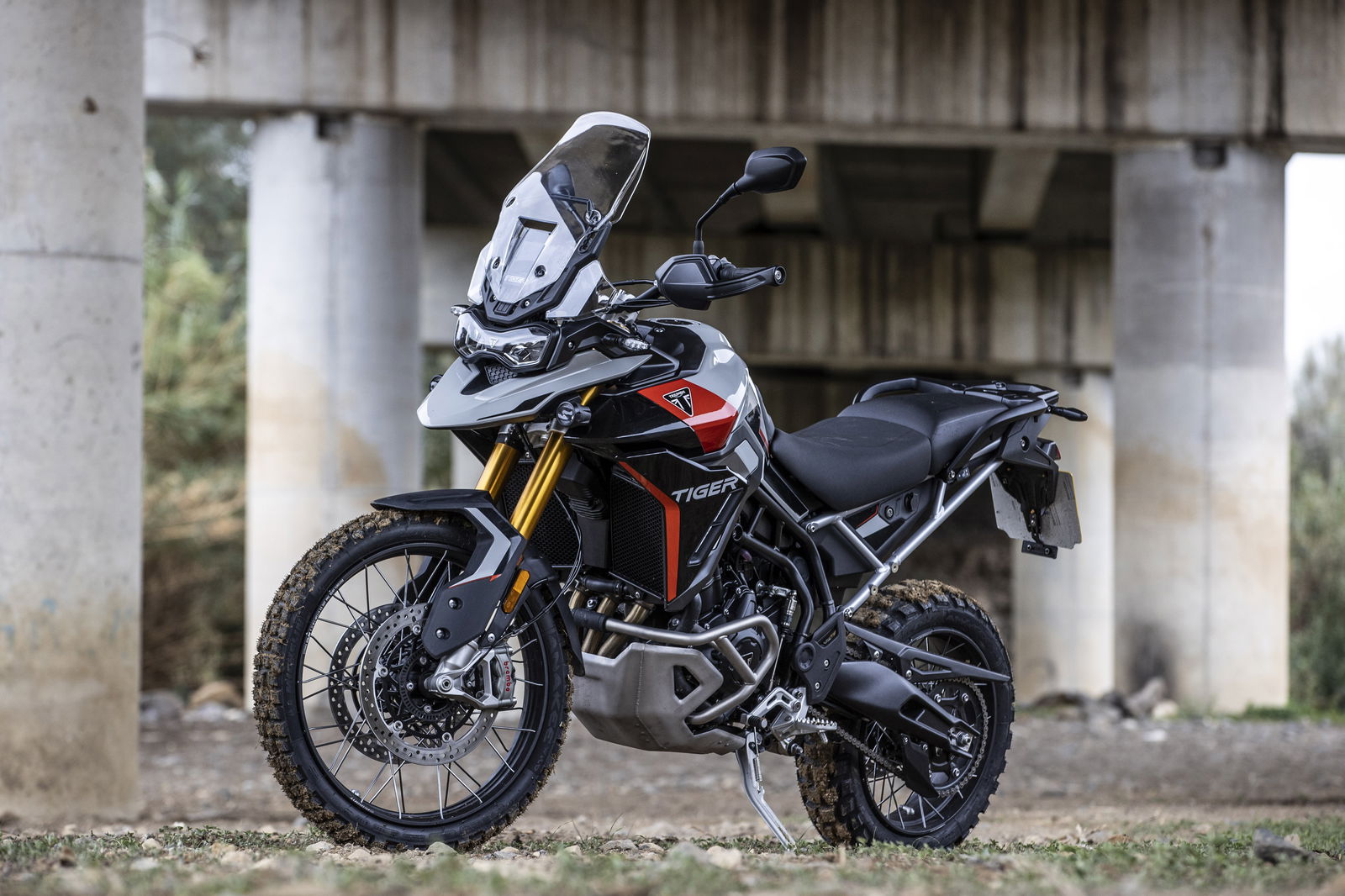
We also have new colours for 2024, and before you get riled up, the green bike with the white frame is still available, it’s just Triumph went with a more eye-catching colour for the launch. Options for the Rally Pro are Carbon Black and Sapphire Black, with the option to upgrade to the striking Ash Grey and Intense Orange, or Matt Khaki Green (and white frame) and Matt Phantom Black. The GT Pro will be landing in dealers in Snowdonia White as standard or two extra options: Graphite and Sapphire Black, and Carnival Red and Sapphire Black.
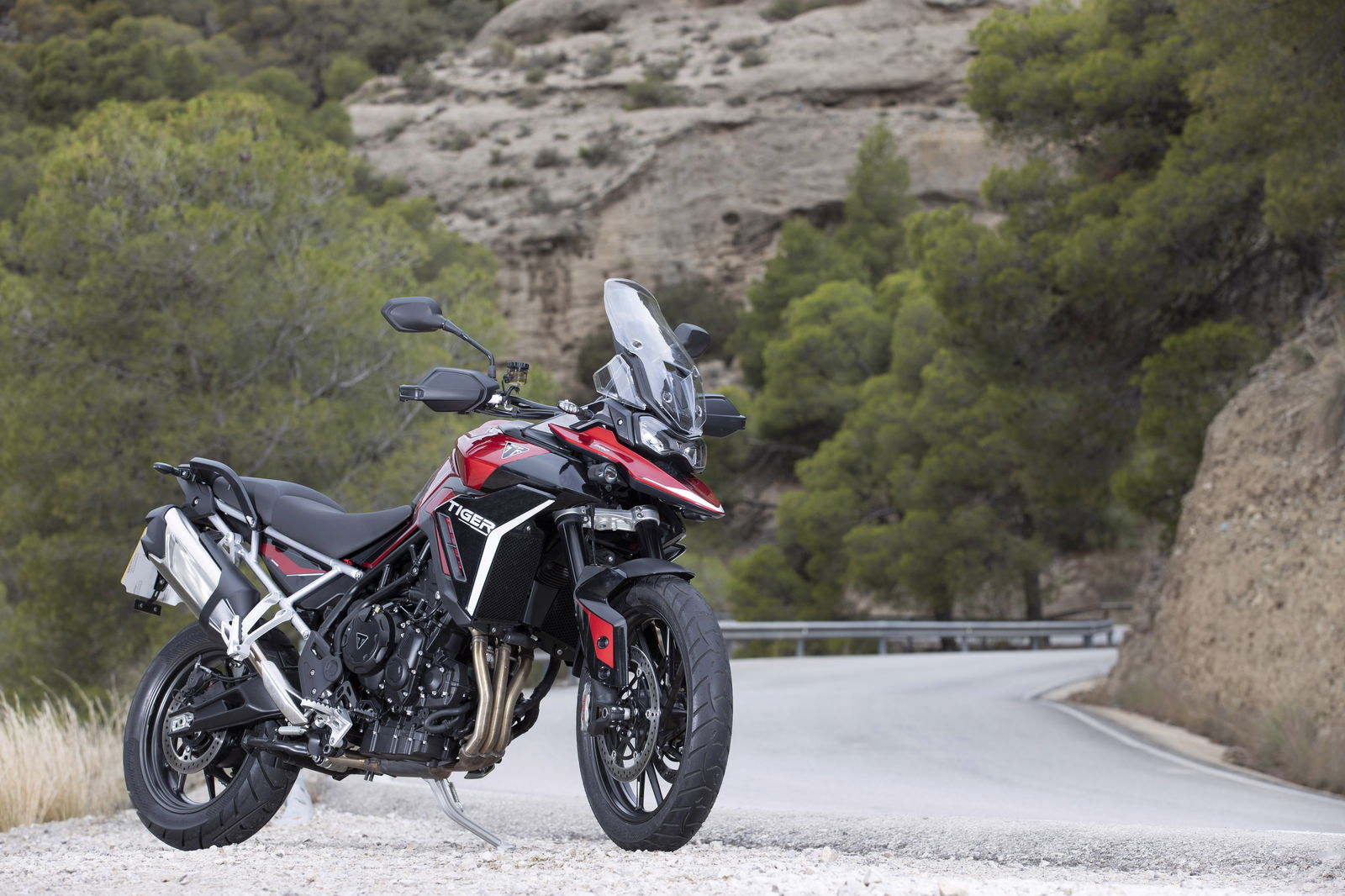
Bikes should be ready for delivery in early 2024, and orders can now be placed at your nearest Triumph dealer. The Tiger 900 GT will start from £12,195 OTR, the Tiger 900 GT Pro from £13,895 OTR and the Tiger 900 Rally Pro from £14,495 OTR.
For more information speak to your local dealer or check out the official Triumph website.
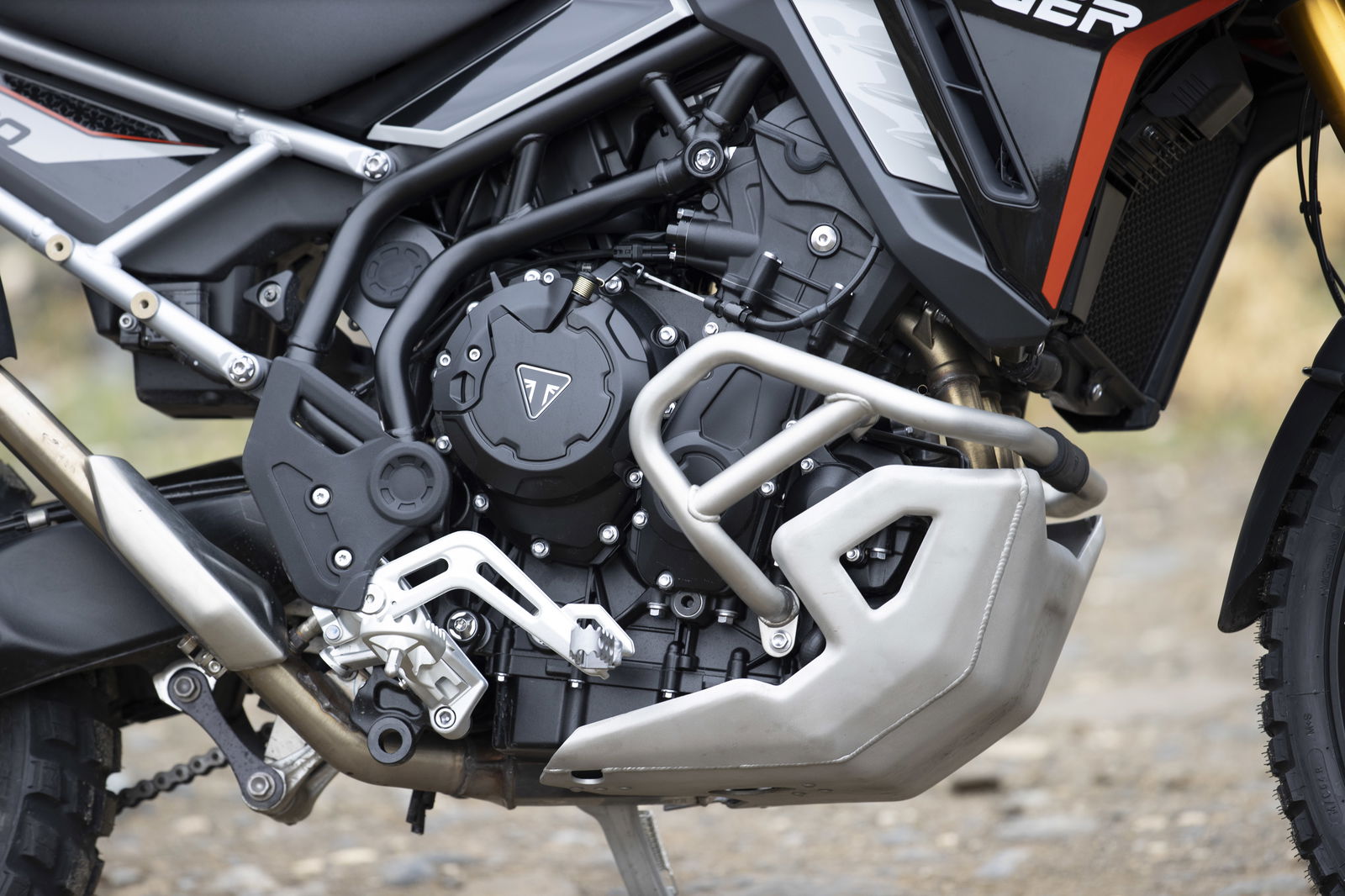
What’s new?
Okay, so on paper, this is a model update that you’d file under ‘fairly lowkey’. All the bikes are still quite new, though, and at four-years-old a low-level update is to be expected. All the Tigers make more power than before, raising the peak number to 106.5bhp (up from 94bhp) while peak torque has also seen a modest increase from 64lb ft to 66lb ft. The increase in torque may be small but Triumph has worked more on where the torque is located in the rev range instead of how much peak torque it can make at a given RPM. The result is a wider spread of usable torque, which is good, but not as impressive as a claimed nine per cent improvement in fuel economy. So, more power, more torque, more punch in the mid-range, and less fuel.
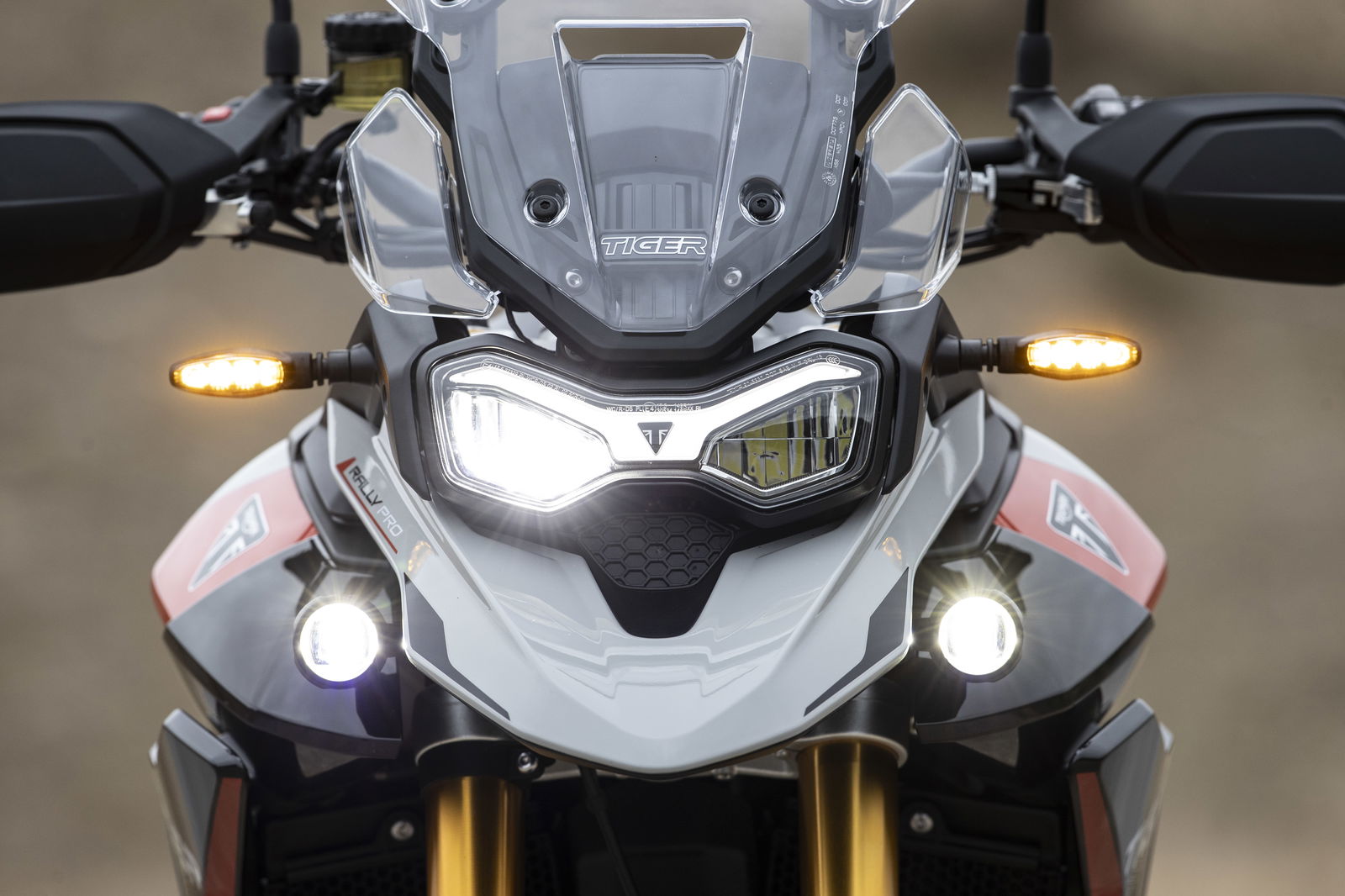
Another change for this year is to the bike’s comfort, and a revised seat features across all the models. It features thicker padding for 2024, is slightly flatter and roomier, and if you opt for either the GT Pro or Rally Pro it’ll be heated too.
Another change for 2024 comes in the form of rubber-damped handlebars. The T-plane engine is a joy to use, but it is more vibey than the old 800. Going from that silky smooth traditional triple to the T-plane set-up was a fairly big step, and the rubber-damped bars are a way of smoothing out that transition.

On the technology front, each Tiger now gains the same seven-inch TFT as found on the Tiger 1200 (along with the same interface), new emergency braking lights (flashing indicators when you get on the anchors hard) and new position indicator lights.
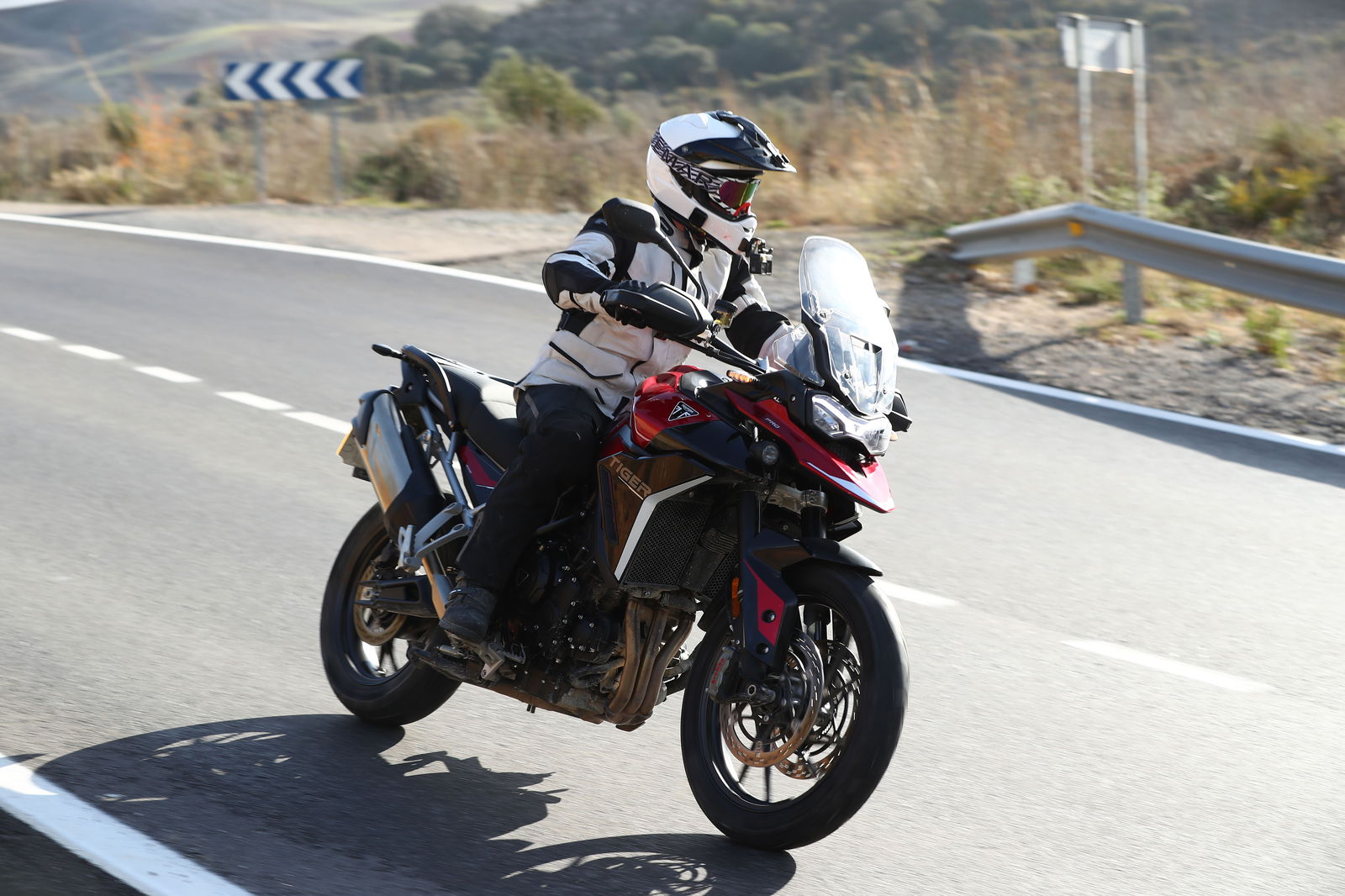
2024 Triumph Tiger 900 review
For this press launch, we were sent to Malaga in Spain, for a two-day ride sampling both the GT Pro and Rally Pro variants of the new bike. Both versions are getting ridden on day one, but it’s all on-road with no off-road work at all - that’s saved for day two, when we’ll be playing with the top-spec Rally Pro.

On-road
The Tigers have always been great-handling bikes, sporty enough to raise a grin (and the front wheel, comfy enough for big distances, and with none of the belligerent demeanour that can blight some of the bigger, heavier adventure machines. On that front, nothing’s really changed, and even turning the GT Pro around at slow speed it feels supremely easy to ride. The steering is light, and at 222kg wet it’s not exactly what you’d call a porker! I’m also happy to be able to be able to get both feet on the ground with some/relative comfort. Despite remodelling the seat (and making it flatter and more comfortable), the height of the perch has remained a tolerable 820mm, with another 20mm available for all the giants out there.

Pulling out of our launch venue, we are already straight into the heart of the Andalusian mountains, the sun is nicely drying the last of the previous night’s rain, and I’ve got a sneaking suspicion that today is going to be a very good day. We peel off from the compound and I start to get to grips with the bike. Immediately, I’m happy with the new TFT dash and menu layout, as it’s a carbon copy (both the software and the hardware) of the one used on the Tiger 1200 GT Pro I’ve been riding all year. You’ve got the five-way joystick and a mode button on the left, and a home button on the right. It’s all very simple and easy to use, and changing from one mode to another or flicking off the TC doesn’t take up too much time.

There’s still a bit of moisture lying about, and with a pine forest to navigate I’m leaving the bike in normal Road mode to start with. I can feel the traction control intruding every now and again, and it’s a combination of the sap from all the trees and a bit of moisture that’s doing it. It does, though, highlight just how good the system is at scooping things up. It’s almost as if any minuscule slip or slide is detected and then halted before it even really becomes an issue. So, while the system is quite intrusive (you can also read that as safe), it is also very smooth in the way that it operates.
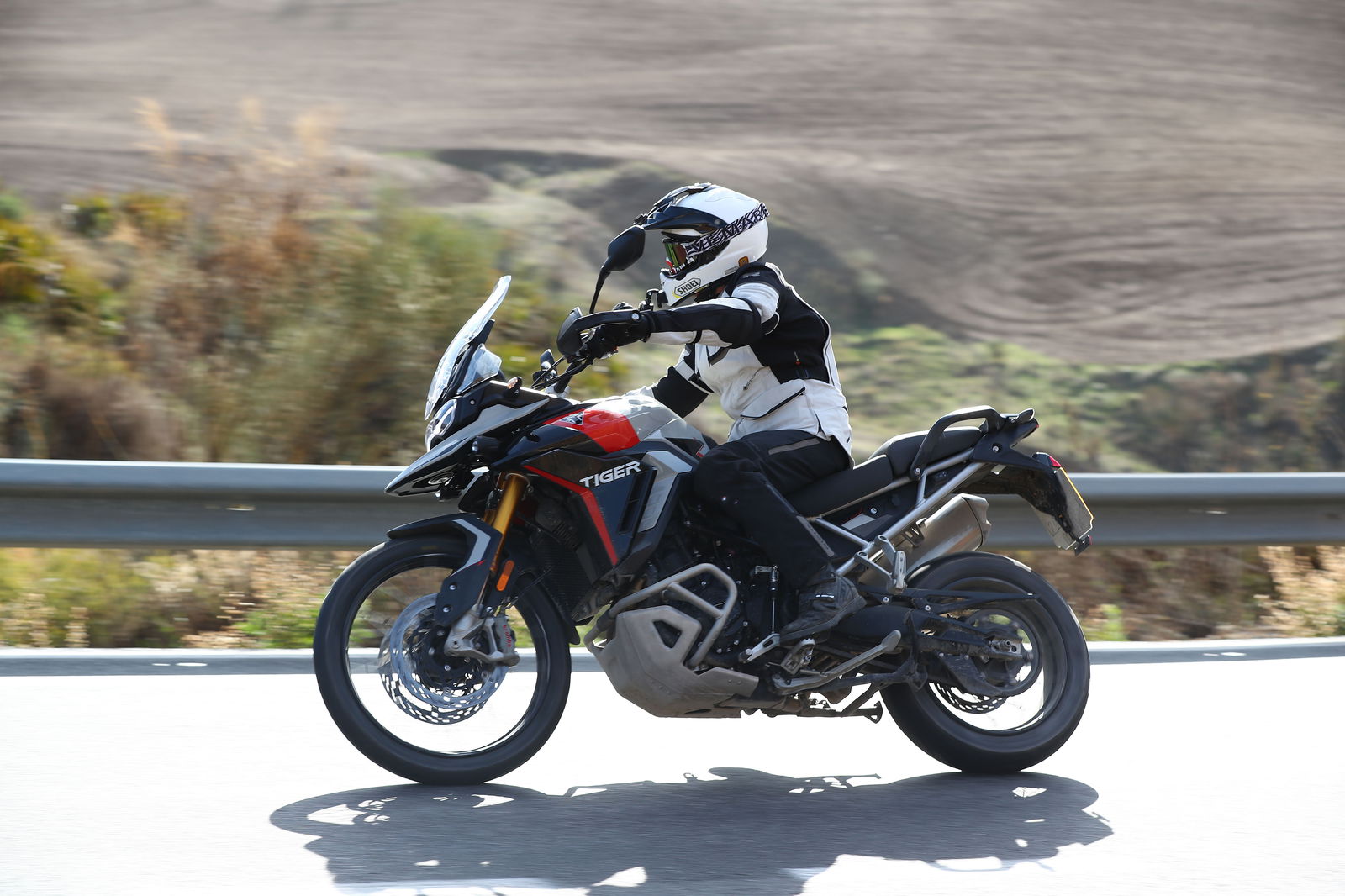
I’m also enjoying the suspension on these roads, as the fir trees like to spread their roots and that leads to quite sharp lumps and bumps and jumps. The GT Pro is taking it all rather well, and as before it’s the only Tiger 900 with an element of electronic adjustability within the suspension.
It’s not the full and fancy semi-active system at both ends, as found on the bigger Tiger 1200s, but instead an electronically adjusted rear shock absorber, and on a bike like this it makes a lot of sense. The front and rear suspension on all bikes in the range is from Marzocchi, and on the GT Pro you’ve got 45mm fully adjustable USD forks and the aforementioned rear shock which features adjustable preload and rebound damping. 180mm of travel at the front and 170mm at the rear sounds like quite a lot, but the set up of the suspension seems bang on for this sort of riding. It’s got a bit of give on the brakes, and you can feel it pitch forward, but it doesn’t feel wayward or like it’s getting away from you. Should you need to chuck another person on the back, or stack it high with luggage, you are also then saved the hassle of cracking out the C-spanner, and instead just a few clicks of the five way joystick will have you set for either solo riding, rider-and-pillion, or fully loaded - both a pillion and luggage.
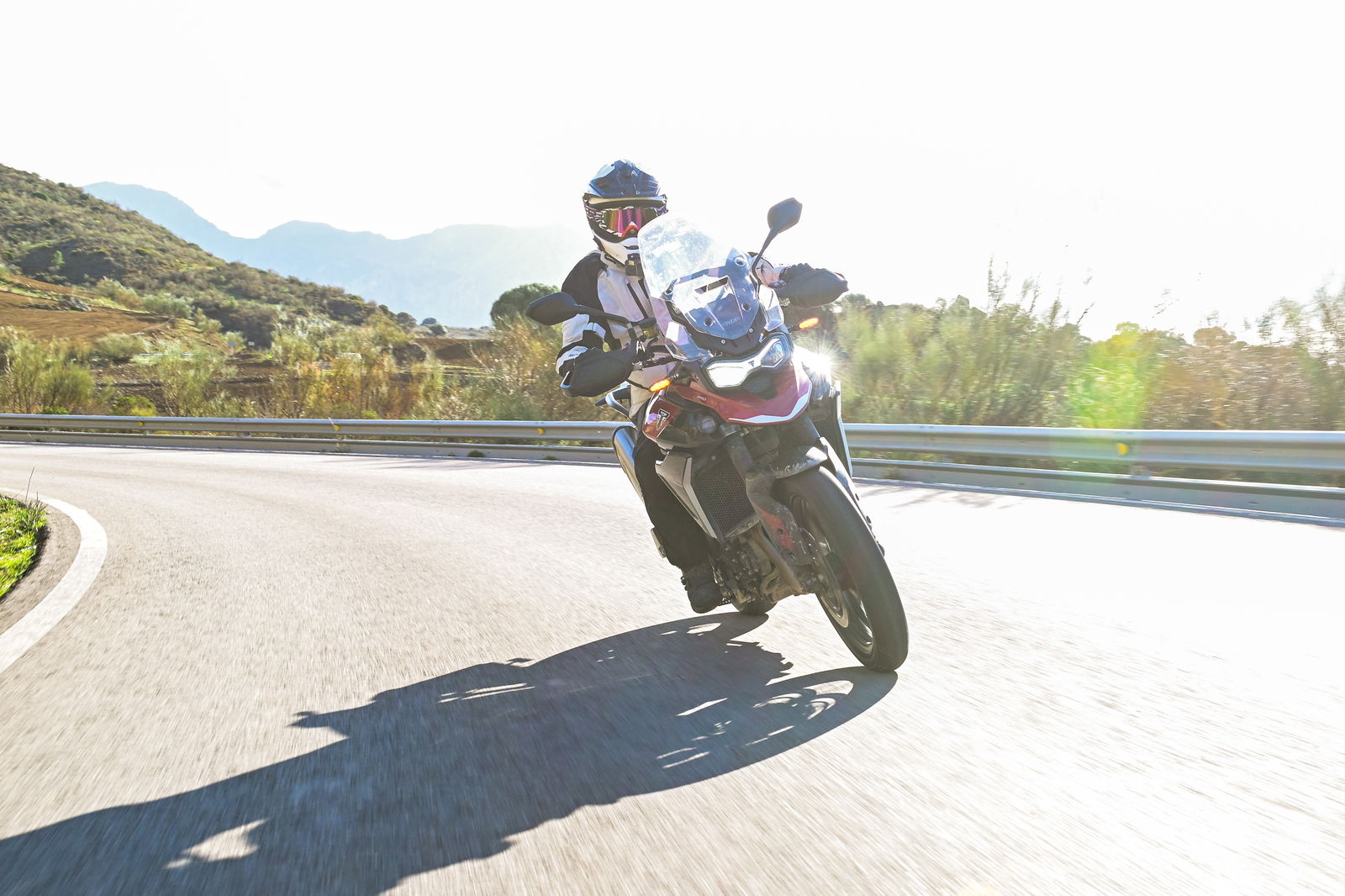
The roads are nicely dry now, and while I’ve not messed with any of the suspension settings, I have now flicked the bike into Sport mode to sharpen up the throttle and reduce the traction control intervention. There is a noticeable change in the delivery now, and while it’s partly down to the more direct throttle, I also think that - beneath that - the traction control is now allowing the engine more free reign to deliver the extra grunt to the bike’s rear tyre. The increase in power that the new bike’s got isn’t insignificant,but this isn't what I'm feeling the most benefit from, I don't think. It was a fairly unanimous verdict from all of the British journalists on the launch that this latest-generation T-plane engine seems to have much more grunt, both in the low- and medium-RPM ranges. It now feels slightly happier to pull out of a tight turn a gear higher than you’d ideally be in, and overtaking faster-moving vehicles seems like much less of a frenetic exercise than on the old bike.
There’s another change, too, and this might be the thing that most riders notice when they hop on the new bike for the first time. Engine vibration seems to have reduced significantly.
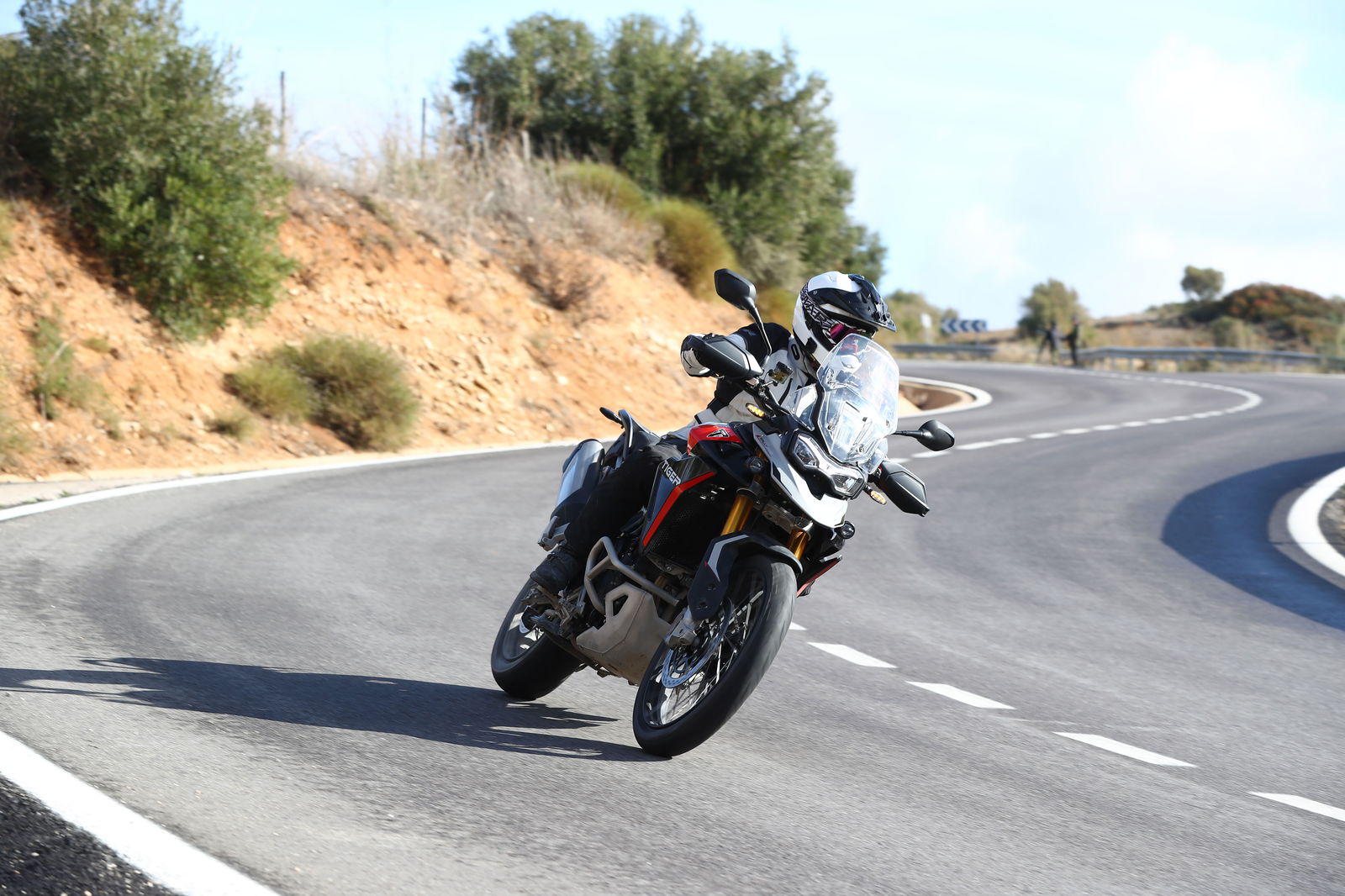
I never really had a problem with the original T-plane unit. It’s a petrol engine, after all, and they all make some form of vibration regardless of how many balance shafts and offset weights you cram into the casings. This, though, is a very smooth-feeling engine, whether at low speed or when cruising on the motorway. So much so, in fact, that it feels like there’s more at work here than simply rubber-mounting the handlebars and sending it out of the door. You could feel the vibes through the seat, frame and pegs of the previous generation machine, and while there are still some to be found, they are much less noticeable than before. It could be a combination of the updated seat and rubber-damped bars helping to clean up the act, although I think the new, cleaner-burning motor might just be a bit more refined across the board than old version one was.
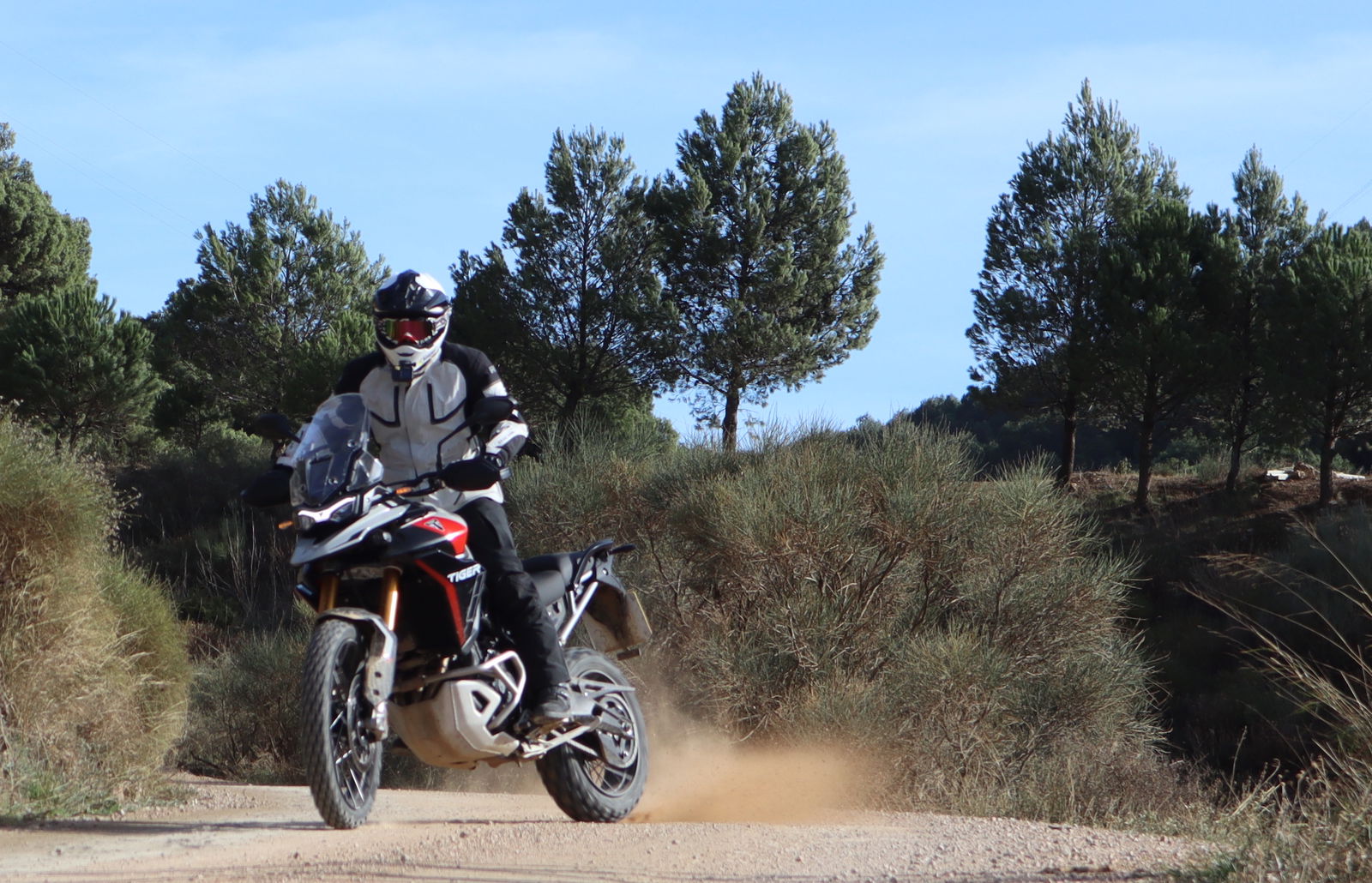
Off-road
With day one’s on-road riding complete, we turn our attention to the off-road side of the Tiger 900 range, and we are now solely riding the Tiger 900 Rally Pro at the awesome Triumph Adventure Experience in Spain. It’s got a bit of everything, with steep climbs, jumps, tight trails and fast sweeping fire trails. If you were looking for adventure riding heaven that’s only a couple of hours away (on a plane) this place might just be it.
Stock trim sees the bikes shod with 70/30 road/off-road hoops, and while they could handle the odd light trail, to get the best from the Rally Pro you are better off opting for the handbook-approved Michelin Anakkee Wild road legal knobblies. They’ll be better on gravel, dirt, and mud, and while we’ve not had any rain in the last two days, there are still some sticky patches to contend with out there. They are also not too shabby on the road, in the dry at least, which became apparent on the short stretches of road riding we had to do to loop together the various tracks and trails that make this place so special for riding an adventure bike.

It is the dirt riding capability we are here to test, though, and on that front, the Rally Pro is just as good as ever. It’s taller than the GT Pro, and even with the seat on the lowest setting (860mm) shorter riders will have to be wary of where they come to a stop. Once you’re up to speed, though, this thing just falls into place. Everything seems to have this best-of-both thing going on, and while it’s a super comfy bike when schlepping up the motorway, you seem to feel just as at home on it when you get up on the pegs and start attacking the rough stuff. The redesigned seat means your legs have a more comfortable and direct route to the pegs, and the fuel tank has also been shaped a little to remove any obstructions as you are moving around the bike and adjusting your body position. The handlebars, too, are right where I want them, and that’s quite rare for a mid-weight ADV bike, as you almost always feel like they are too close or too far away. It’s all these little things that just help you to feel right at home on the thing, and means that, despite being over 200kg and boasting over 100 bhp, it starts to feel accessible like not many of these types of motorbikes do.
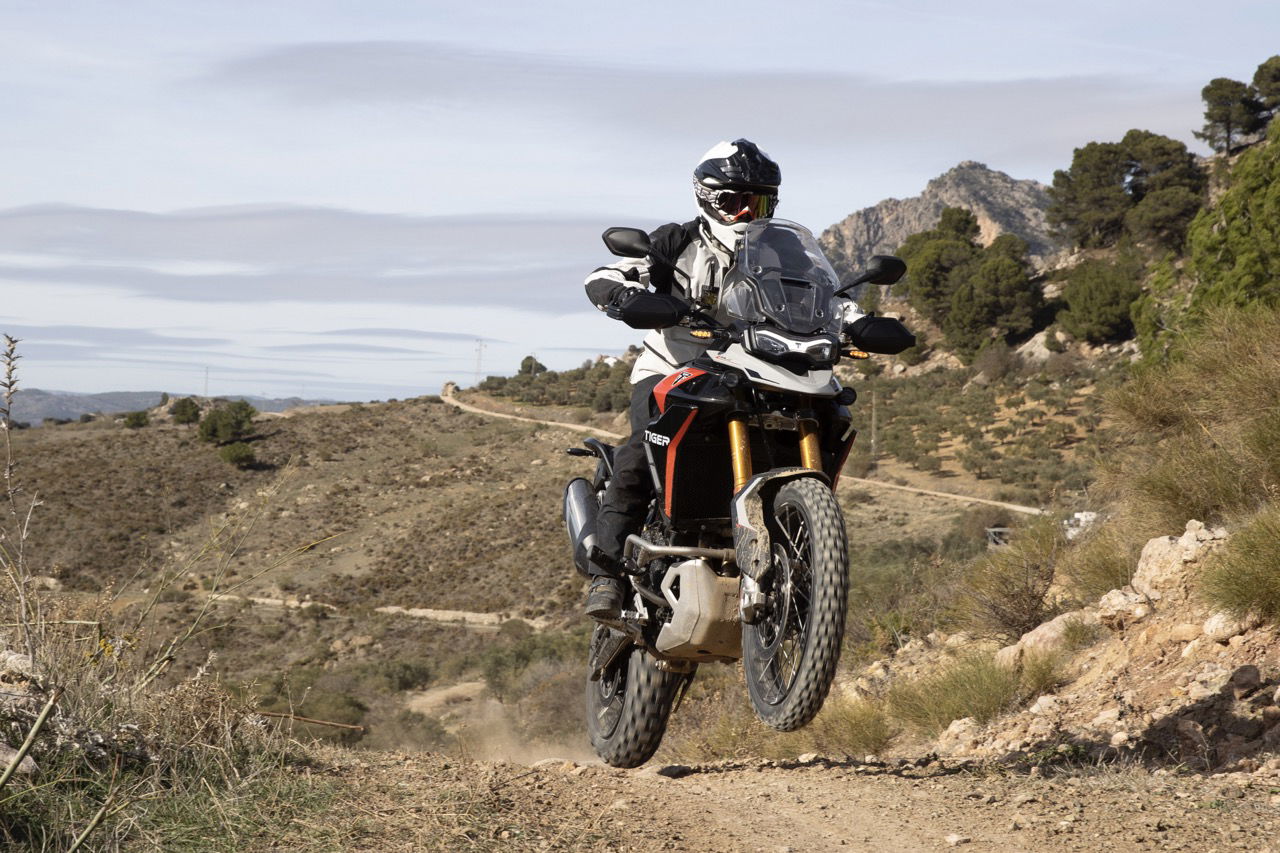
The suspension is also nicely set up, and while some might be wanting a sexy Swedish name on the fork tubes, I’m not sure it’d add anything to the experience. It’s fully adjustable for a start, and you have a lovely, progressive plushness in the front end that allows you to drive into the stroke of the fork by an inch or two, forcing the tyre into the dirt, sharpening up the front end and helping to manufacture some grip from the tyre. We even got to sample some jumps on the bike, and I can confirm that Tigger does indeed like to bounce! At the main adventure experience HQ, there is an expansive plateau, with fairly sizable climbs that lead up to the top. Hit one of these in first or second gear and the Tiger will not only fly but land in a controlled and almost graceful manner. It’s not something many riders will actually do with their Tiger, but like owning the watch that went to the moon, it’s nice to know that it can!

Are the updated electronics any good?
There are a couple of things worth noting here, and as I’ve already mentioned the traction control, I’ll focus on the other rider electronics. The one that I’m most surprised with is the enhanced braking system, that balances the braking pressure between the front and rear wheels. Now, linked brakes will have some riders scoffing, and I do get that - another electronic system can be seen as the bike, rather than the person, riding the bike. While that may be true, I’ve got to admit that I never once felt when it was doing. Either it was working away at such finite levels all the time I was riding, or I never called on the brakes hard enough to warrant it intervening. I’m leaning with the former, as there are plenty of hard stops throughout the day into the seemingly endless hairpins that thread up into the mountains.

I also like the Triumph electronics interface, and while it doesn’t allow you to drill down into the settings quite as much as on some other bikes, it is very intuitive and you don’t need a degree in mechanical engineering to make the changes you need.
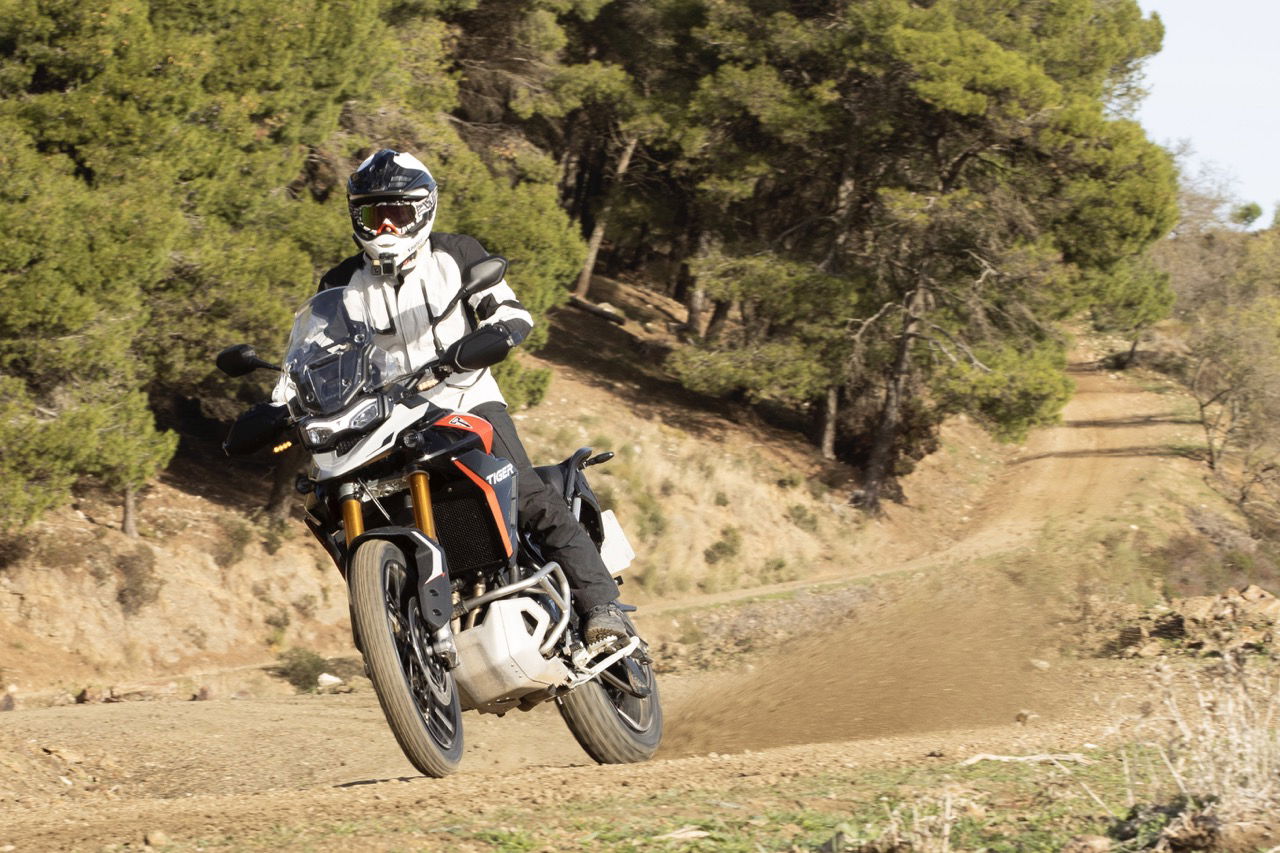
The riding modes are also worth a mention, and there’s a kind of Pick ’N’ Mix feature about them that I actually really appreciate. You can alter and manipulate each riding mode and not just the user-configurable one, giving you a level of adjustability within the predefined modes to really tailor the bike to your riding style. Should the off-road throttle map be a little too sharp, you can simply swap it out for the Rain throttle map. On the other hand, if you want a super sharp, almost one-to-one response from the engine, link in the Sport throttle map and retain the rest of the off-road mode’s dirt-biassed features.
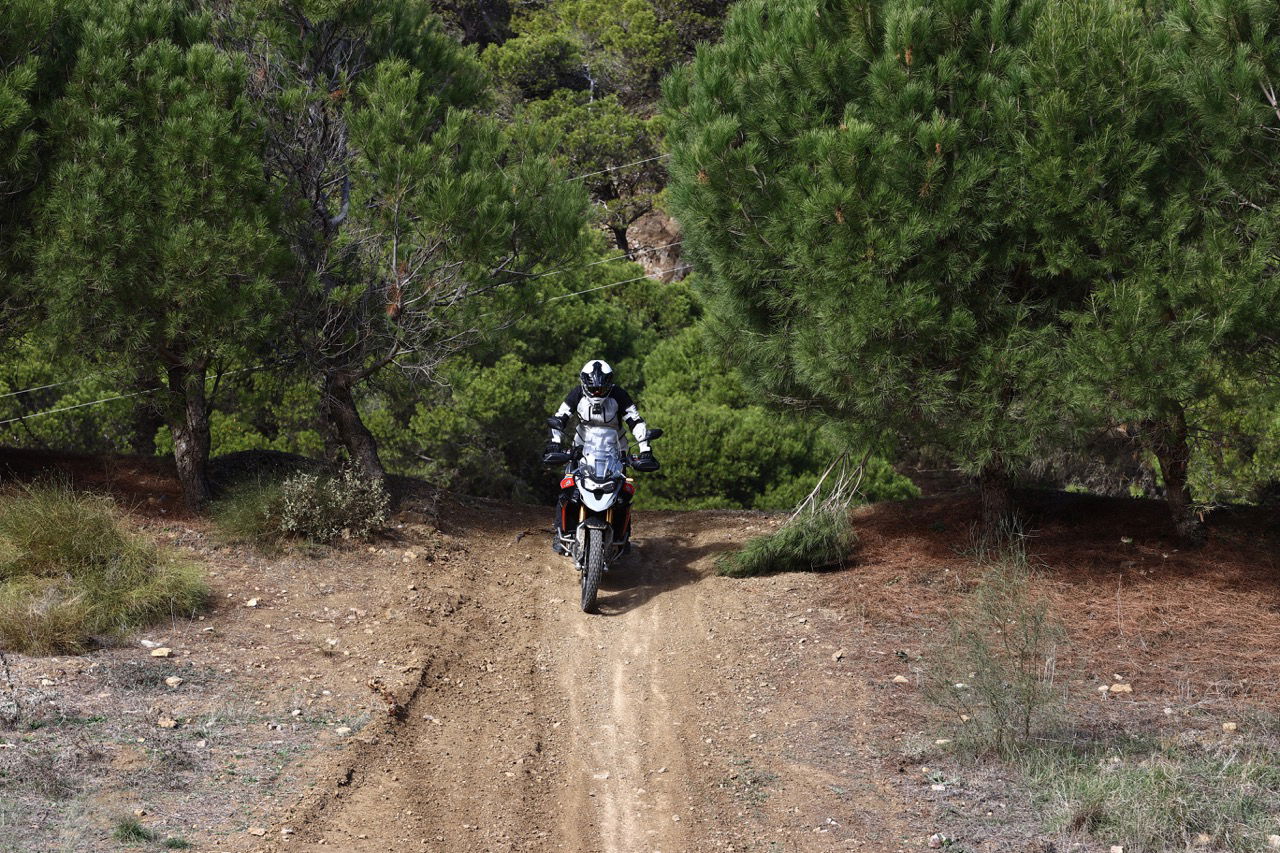
2024 Triumph Tiger 900 verdict
More power, more torque, more mid-range punch and better fuel economy. They seem to be the headlines Triumph has run with for most of the press material relating to this new range of bikes. I get the feeling, though, that they might have missed a trick by not making a bit more noise about how much smoother - and therefore better for distance work - the new bikes are compared to the old. Sure, more power and torque is welcome, but had the peak numbers remained as they were, I’m not sure too many current Tiger 900 owners would have grumbled.

The Tiger 900, then, is still a very safe bet for somebody looking for an ADV bike that doesn't weigh as much as a small church, or have a seat height that rules out anyone under six-foot-three. It’s also the one that you feel has the most versatility, both within the range and the individual machines.
Take the top-spec Rally Pro, for instance. That is a bike that one or two people could happily tour Europe on, easily get 175 miles to a tank and carry everything they need for an adventure holiday in the sun. It’s also going to keep you warm thanks to heated seats and grips, dry thanks to the front fairing and adjustable screen, and going in the right direction thanks to Bluetooth connectivity and on-screen mapping. That same bike, though, can do some pretty magical things in the right hands and without any updates whatsoever.
If you’re looking for the Swiss Army knife of the two-wheeled world, I think Triumph might have just released it.
